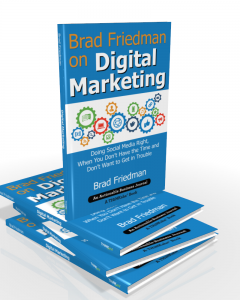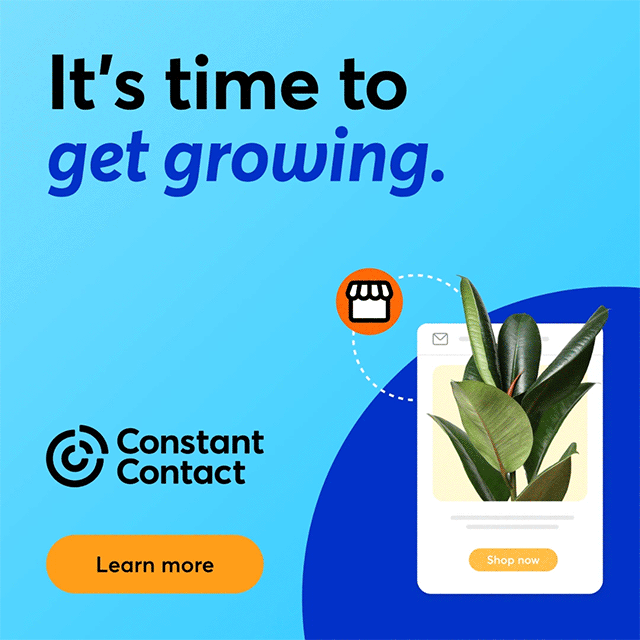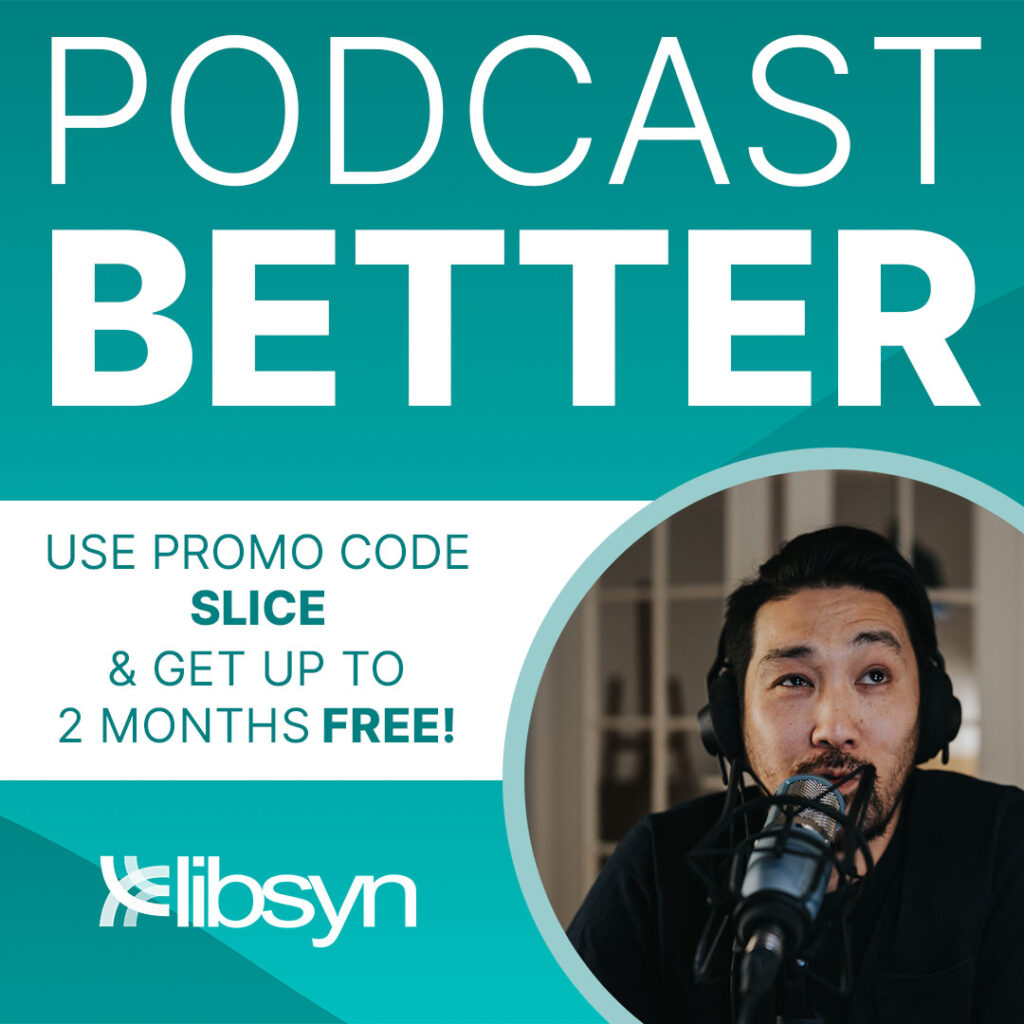One of the top challenges for inbound marketers is generating quality leads. Not just leads, but leads who are sufficiently knowledgeable about a company and its products that sales representatives can convert them into buying customers. The problem, as noted by Hubspot, is that marketers and salespeople don’t agree on what constitutes a “quality lead”—for example, more than 40% of salespeople report that it’s becoming more difficult to sell to the leads they receive from the marketing team:
“…there’s a disconnect between Marketing and Sales around the quality of leads. According to this year’s report, 59% of marketers say they provide salespeople with their best quality leads, while salespeople rank marketing leads last. In fact, marketing-sourced leads are ranked behind referrals and sales-sourced leads by all sales levels from the C-suite to individual contributors.”
Part of the problem is that sales and marketing often have different goals—marketing teams are typically judged by the quantity of leads they deliver, and how much it costs them to generate those leads. Sales reps are judged by sales. The result: marketing delivers an increasingly large volume of leads to sales reps who don’t have the tools to prioritize those leads, which leads to wasted time pursuing prospects who have little or no interest in the company’s products and services.
Enter Lead Scoring
 The solution is to devise a methodology which better aligns the activities of marketing and sales teams—and boosts sales—prioritizing leads based on criteria about which both sides can agree, a process called lead scoring. Essentially, lead scoring is a system of data analysis in which leads are assessed as more or less likely to take a desired action:
The solution is to devise a methodology which better aligns the activities of marketing and sales teams—and boosts sales—prioritizing leads based on criteria about which both sides can agree, a process called lead scoring. Essentially, lead scoring is a system of data analysis in which leads are assessed as more or less likely to take a desired action:
Lead scoring is a methodology used to rank prospects against a scale that represents the perceived value each lead represents to the organization. Job position, number of social media followers, or company size may be information valuable to your business about a lead.”
Can Lead Scoring Increase Sales for My Business?
The answer is a qualified “yes.” When effectively implemented and grounded in careful planning and collaboration between your sales and marketing teams, lead scoring will empower your salespeople to pursue the most sales-ready leads, and save the time they would have spent pursuing those with limited interest in your products. That said, here are the 3 principal steps you need to take to implement an effective lead scoring system:
1. Decide What Factors Predict the Likelihood of a Sale
Let’s say you discovered that 90% of the leads who bought your products had visited your website at least 5 times, and 90% of those who visited 4 times or less had not made a purchase. Obviously, you would have your salespeople go after the former group and discount the latter (and probably devise strategies to increase website visits). This is a vastly simplified version of lead scoring.
In practice, lead scoring is considerably more complex than this, analyzing many factors which are predictive of sales-readiness. The factors which are determinative will differ based on the nature of your business. For example, B2B companies might consider the industries which produce the most sales-ready leads, and who within those companies most frequently makes the final purchase decision. B2C companies, on the other hand, might consider how much interest (through online activity) a lead has demonstrated in a product or service.
For all types of businesses, lead scoring considers both quantitative and qualitative data. Quantitative data would include those identified through market research, such as how many times a prospective customer visited your website, or what content he’s consumed. Qualitative data comes not from marketing, but from your salespeople—they might inform you of things your marketing research missed, such as the fact that the lion’s share of their sales was to companies with at least 50 employees.
2. Assign Points
The next step is to create a system in which you assign a certain number of points to each lead for each action taken, or each demographic characteristic. For example, you might create a system in which the most sales-ready lead is a “100,” and the least is a “0.” If you have 10 predictive criteria, you would assign points from 0 to 10 for each factor, depending on the extent to which your lead matches that criterion.
If the factor were “number of website visits,” where 5 visits is ideal, you could assign 10 points to leads who visited 5 times or more, 8 points for 4 visits, 6 points for 3 visits, etc. When you complete the process, you add up your 10 sub scores–each lead will have a total score between 0 and 100.
3. Calculate Your “Cutoff Score”
Remember that your goal is to provide your sales reps with the number of leads they can reasonably pursue—no more, and no less. This requires a simple calculation.
First, how many sales reps do you have? Second, how many leads can a sales rep handle in a day? Finally, how many days are there in your sales campaign? Let’s say, for example, you have 5 sales reps, each can handle 10 leads per day, and there are 30 days in your marketing campaign. That means your sales team can cover a total of 1,500 leads for the duration of your campaign (5 X 10 X 30). Your cutoff score would be the score assigned to number 1,500 on your list of leads.
Conclusion
Effectively implemented, a lead scoring system will empower your sales team by providing them the right number of the most sales-ready leads. Lead scoring is one arm of your inbound marketing strategy and is most effective when thoughtfully integrated with all your other strategies, from SEO to social media, content and email marketing. To learn more about the ways our inbound strategies can help you grow your business, contact us today. And, if you want to read The State of Inbound 2017, click below.














